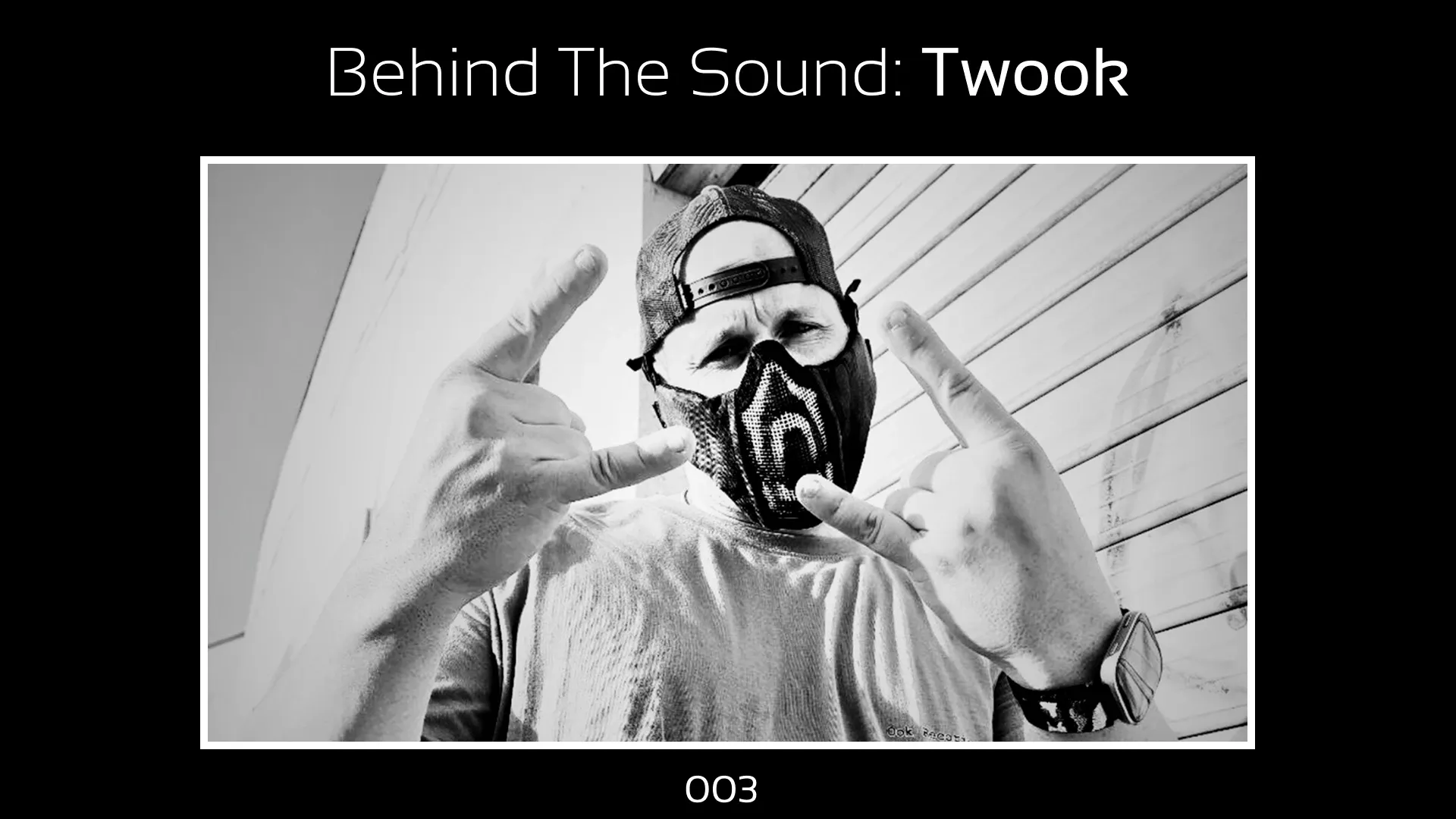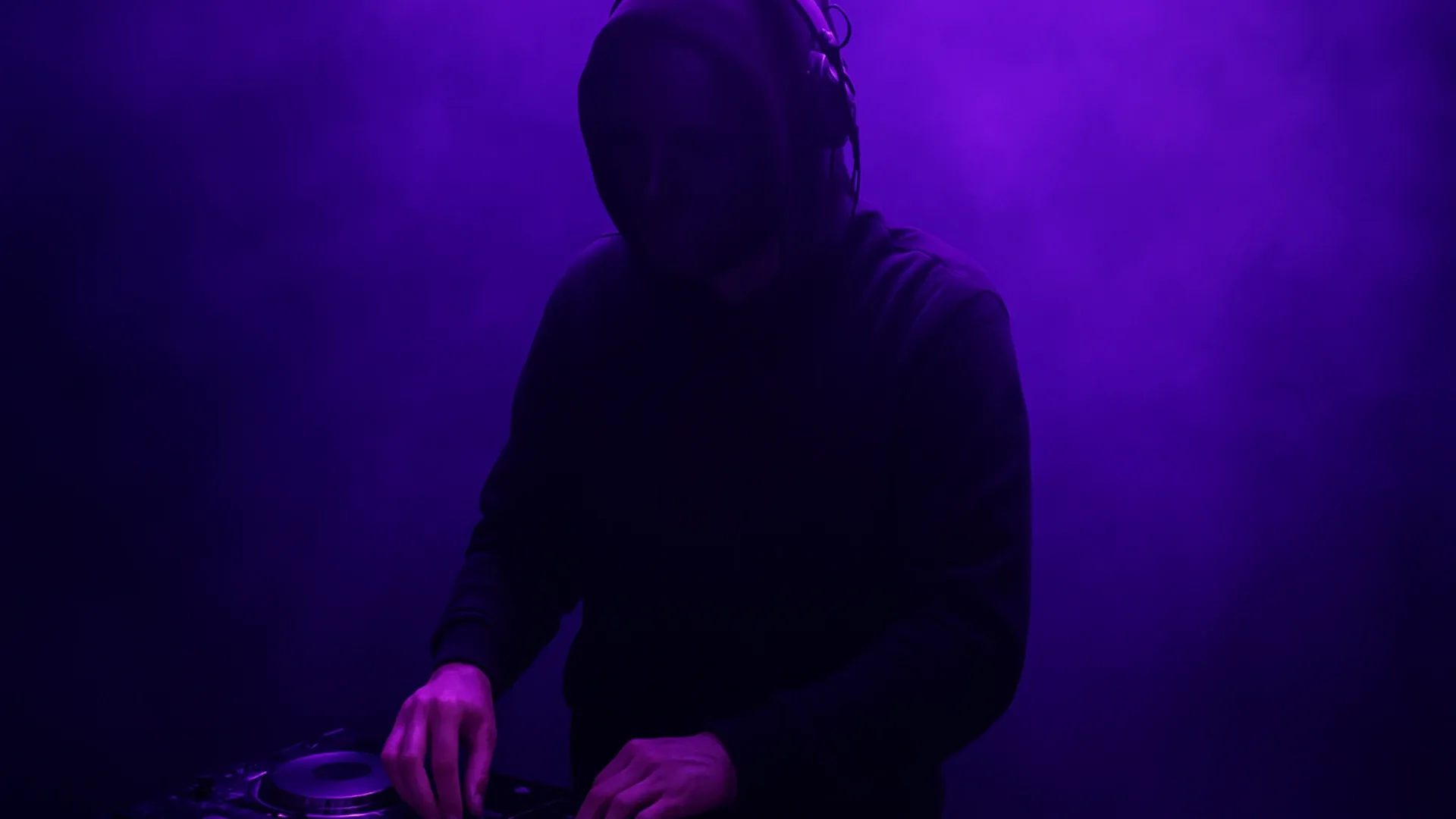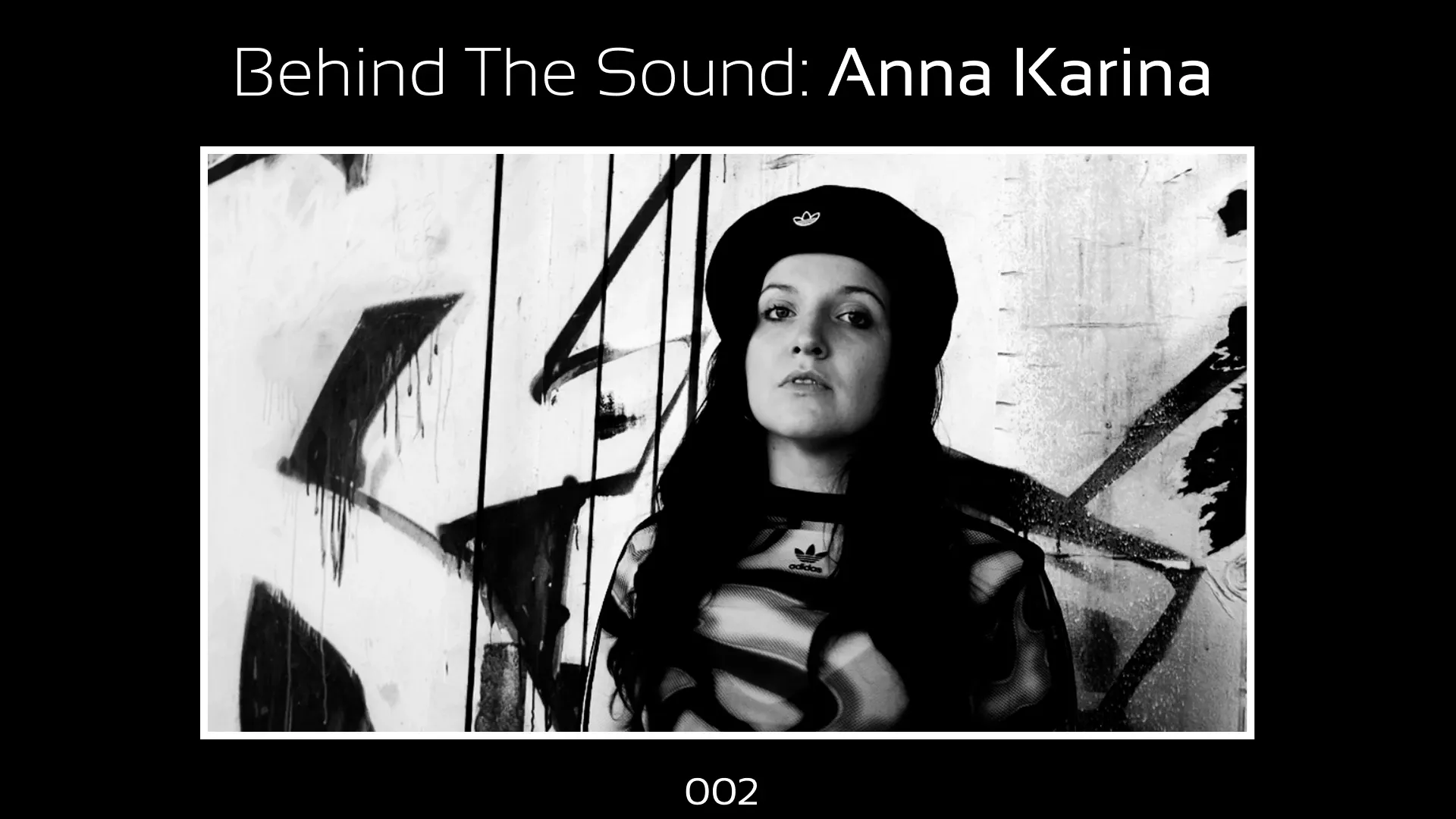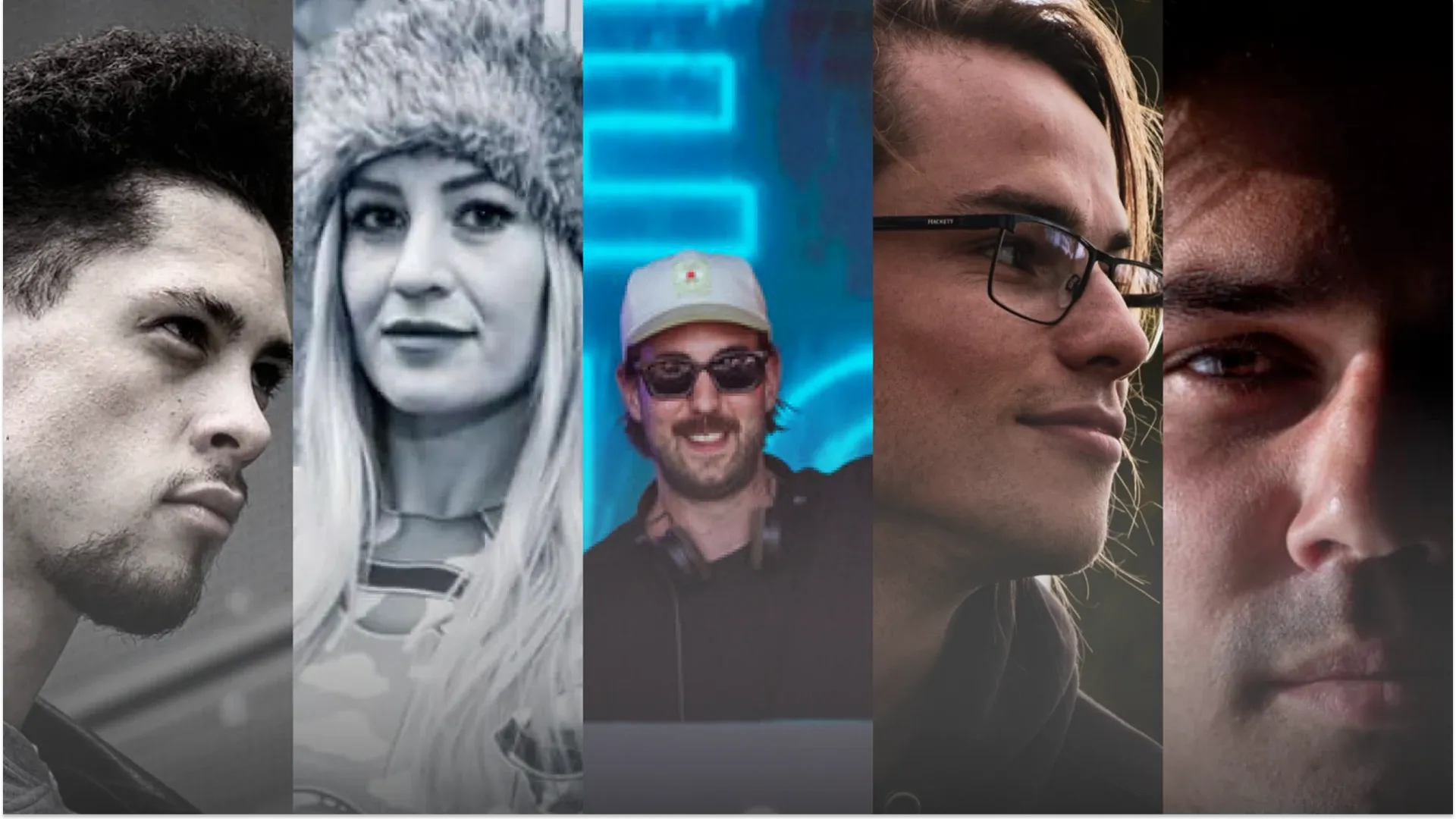The State of Electronic Music in 2025: Growth, Change, and New Expectations
Explore electronic music trends in 2025: fast-rising genres, independent events, and how fans are reshaping the future of dance culture.
5 minutes read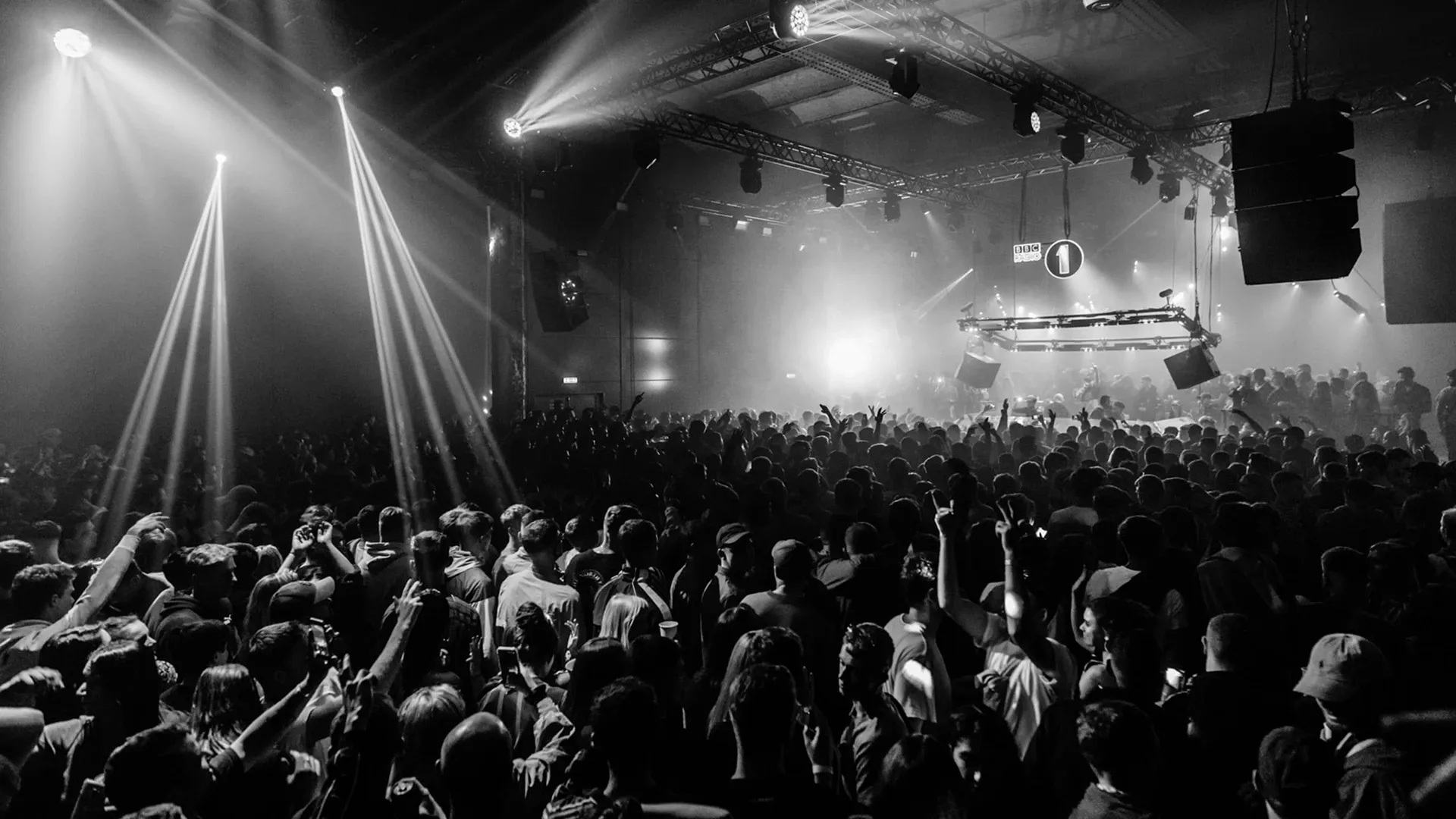
Intro
Electronic music is having a moment, again. According to new industry reports, the global scene is expanding in revenue, streaming numbers, and international reach. But growth in 2025 looks very different from the electronic music boom of the 2010s. Audiences are showing up with new expectations: they want experiences that are immersive, sustainable, diverse, and rooted in community rather than spectacle.
The question isn’t whether electronic music is thriving. It’s what kind of future it’s building.
The Numbers Look Good
The International Music Summit (IMS) Business Report 2025 and other recent surveys paint a clear picture: electronic music is growing across nearly every metric.
Streaming: Electronic genres now account for a significant share of global Spotify and Apple Music streams, with subgenres like trance, drum & bass, and melodic techno climbing faster than ever.
Live sector: Festivals and clubs report higher attendance in 2024–25 compared to the post-COVID slump. underground events in particular are thriving.
Economic impact: In the UK alone, electronic music contributed an estimated £2.4 billion to the economy last year, despite widespread venue closures.
However raw numbers don’t tell the whole story. What’s more revealing is where that growth is happening, and how audiences are reshaping the scene.
From Megafestivals to Independent Events
A decade ago, the image of electronic music was dominated by mega-festivals like Tomorrowland, Ultra, and EDC, tens of thousands in a field, pyrotechnics, household name DJs. Those festivals still draw crowds, but the energy is shifting toward smaller, more curated experiences.
Think 3,000 people on a Croatian beach, or a day-into-night rave in a converted factory in Bogotá. These events emphasise intimacy, discovery, and community. Lineups are often less about one big headliner and more about collective curation.
This change mirrors broader shifts in culture: experiences matter more than celebrity. This model thrives because it feels personal, rooted, and less commodified.
The Sound of Now: Hybridity and Global Exchange
The growth story isn’t confined to Europe and North America. Scenes in South Africa, Brazil, Mexico, and South Korea are rapidly shaping global taste. For example, Amapiano has moved from township parties to international festival stages. Brazilian baile funk continues to influence global bass music. Korean club culture is pulling international acts and exporting its own.
This global flow is leading to more hybrid sounds: DJs mixing dembow with techno, or cumbia with breaks. Purists might call it messy; fans call it exciting.
In Johannesburg, amapiano pioneers describe their sound as both hyper-local and universal. In Mexico City, underground reggaeton producers are folding rave textures into dembow. In Seoul, clubs like Cakeshop are exporting Korean takes on house and techno across the world.
The electronic music of 2025 is less about genre boundaries and more about dialogue, a global conversation in rhythm.
New Values: Sustainability and Responsibility
Another defining feature of 2025’s dance music growth is the politics behind it. Audiences, especially younger, care about how events are run.
Sustainability: Pressure is mounting on festivals to reduce flights, plastic waste, and energy consumption. Some events now pledge majority-local lineups to cut aviation emissions.
Inclusivity: Gender balance on lineups is increasingly scrutinised. Collectives led by women, non-binary, and queer artists are reshaping booking norms.
Community access: Sliding-scale tickets, community passes, and anti-exclusion policies are becoming more common as cost of living crises bite.
What’s notable is that these aren’t just buzzwords, they’re becoming ticket-selling points. A festival that positions itself as “eco-friendly” or “community-run” isn’t niche anymore; it’s competitive.
In Berlin, collectives like Room 4 Resistance continue to push inclusivity forward. In New York, the warehouse spaces run on community donations are thriving. In Kampala, Nyege Nyege’s festival proves how a DIY ethos can become an international draw without abandoning its roots.
Technology on the Floor
Unsurprisingly, tech is another major trend. But instead of the flashy spectacle of LED walls and fireworks, the focus is shifting:
Immersive environments: Audio-visual installations, 3D sound systems, projection mapping. The dance floor as an art space.
AI: Some DJs are experimenting with AI-assisted production and live remixing. Audiences are divided, some see it as the future, others as a gimmick.
Phones: The backlash against constant filming continues. More clubs are banning or restricting phones, creating spaces that feel more present and free.
In Amsterdam, experimental club nights are pioneering 360° sound systems where the crowd literally moves through layers of audio. Meanwhile, in London, a few venues have partnered with visual artists to make spaces as much a gallery as a dance floor.
Challenges Beneath the Growth
Despite the positive numbers, challenges remain. Club closures are accelerating in the UK and Europe due to rising rents and licensing pressures. Inflation means higher costs for promoters and lower disposable income for fans. And while streaming is up, payouts to underground artists remain painfully low.
The risk is clear: if infrastructure collapses, the “growth” could be uneven, benefitting only the largest players. Without sustainable support, grassroots scenes, the lifeblood of electronic music, is at risk.
For instance, the UK has lost nearly a quarter of its clubs since 2020. In Berlin, long-standing venues face eviction as property values rise. In the U.S., independent promoters struggle against Live Nation and AEG’s dominance.
Brands, Festivals, and Adaptation
With audiences demanding more, brands and festivals are adapting quickly:
Hybrid events: Pairing wellness with raves. E.g. yoga by day, rave by night.
Local partnerships: International festivals teaming with local collectives to keep lineups grounded.
Corporate sponsorships with values: Brands increasingly highlight sustainability or inclusivity in their partnerships, knowing audiences will call out hypocrisy.
The IMS report highlights that festivals emphasising sustainability and localism grew ticket sales faster than those that didn’t. The underground is influencing the mainstream, not the other way around.
The Takeaway: A Scene Redefining Itself
The electronic music industry in 2025 is bigger than ever, but it’s also more self-aware. Growth isn’t just about more people dancing; it’s about how and why they dance.
A new era is taking shape: one defined by community, diversity, sustainability, and global hybridity. The future of electronic music isn’t a single sound or stage, it’s a network of scenes, each insisting on its own values.
If the numbers are anything to go by, that future is only getting louder.
